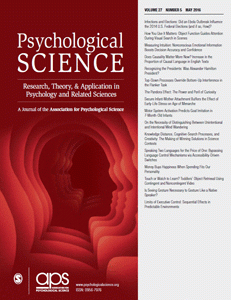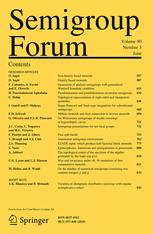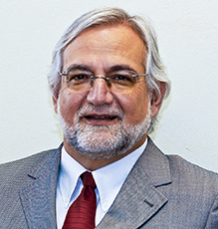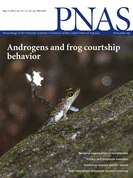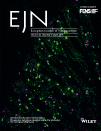 The European Journal of Neuroscience has pulled a paper after learning that one author’s name had been included without his consent.
The European Journal of Neuroscience has pulled a paper after learning that one author’s name had been included without his consent.
Co-editor-in-chief of the journal, Paul Bolam, told us that the Shandong University of Medicine in China (where the work was carried out) conducted an investigation and found “a serious case of academic misconduct” — one author had forged the signature of another researcher, in order to add him as a co-author on a project in which he had not participated.
Here’s the retraction notice, which tells us a bit more: Continue reading Neuroscientist forged co-author’s signature, submitted paper without consent


